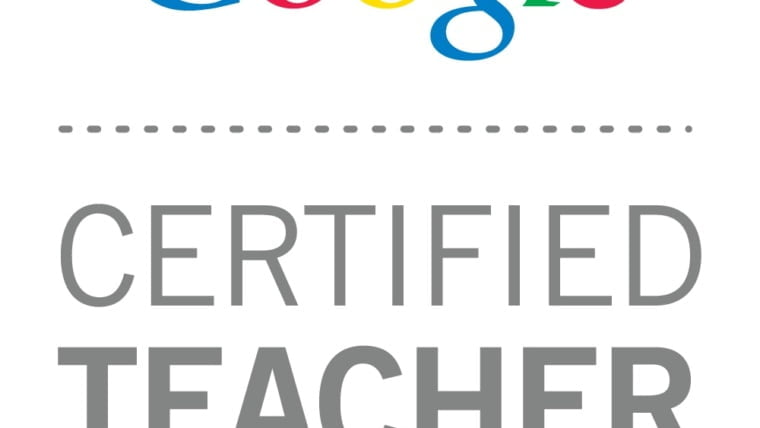Thinking back to our school days, most of us can probably recall being taught some Shakespeare. Whether it was Romeo and Juliet, Othello or A Midsummer Night’s Dream, it is an integral part of British education that at the time can be a bit tedious and rather hard to understand. A common sentiment shared by frustrated students is that reading Shakespeare’s plays and sonnets is tricky because they are not written in modern English, but in old English. However, young students should be very grateful that they aren’t really reading Old English; this is the language that developed in Britain shortly after the arrival of the Anglo-Saxon tribes between the 5th and 12th centuries. It is a West Germanic language closely related to Old Frisian and Old Saxon, and it has a grammar similar in many ways to classical Latin. In grammatical respects, it is closer to German and Icelandic than modern English, since it is fully inflected with five grammatical cases (nominative, accusative, genitive, dative and instrumental), three grammatical numbers (singular, plural and dual) and three grammatical genders (masculine, feminine and neuter). Old English is the language of the epic poem “Beowulf” and looks like this:
Hwæt! We Gardena in geardagum,
þeodcyninga, þrym gefrunon,
hu ða æþelingas ellen fremedon.
Oft Scyld Scefing sceaþena þreatum,
monegum mægþum, meodosetla ofteah,
egsode eorlas. Syððan ærest wearð
feasceaft funden, he þæs frofre gebad,
weox under wolcnum, weorðmyndum þah,
oðþæt him æghwylc þara ymbsittendra
ofer hronrade hyran scolde,
gomban gyldan. þæt wæs god cyning!
ðæm eafera wæs æfter cenned,
geong in geardum, þone god sende
folce to frofre; fyrenðearfe ongeat
After the Norman conquest of England in 1066 and its influence in terms of language, Old English gave way to Middle English (the language of Chaucer) in the Middle Ages. During this spell, both old English words and new Norman (French) words existed side by side; consider these Modern English pairs: chicken/poultry, calf/veal, cow/beef, wood/forest, sheep/mutton, freedom/liberty. The Italian Renaissance of the 16th century hailed in the Early Modern Period and thus Early-Modern English was born. The Early-Modern English of Shakespeare’s era is admittedly rich in archaic vocabulary and expression, but it is a far cry from actual Old English, which, in written form anyway, is more similar to modern Icelandic than anything Shakespeare ever wrote.
Here at BLS, we don’t know Old English but we do know modern English so get in touch if we can help you with your English translation or editing projects.

